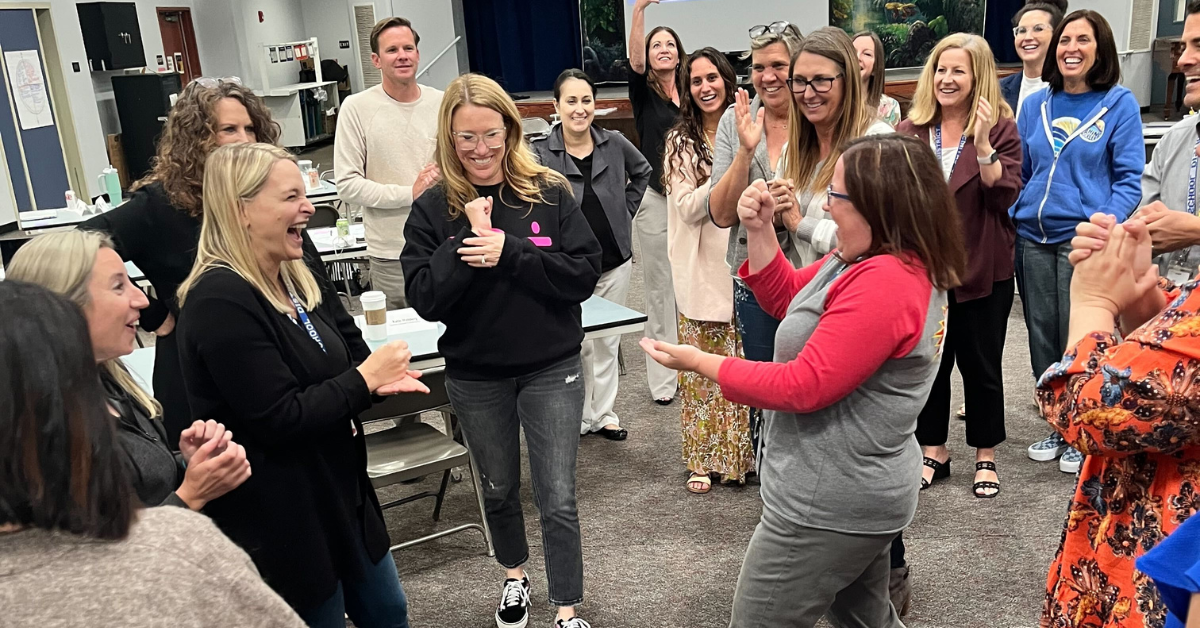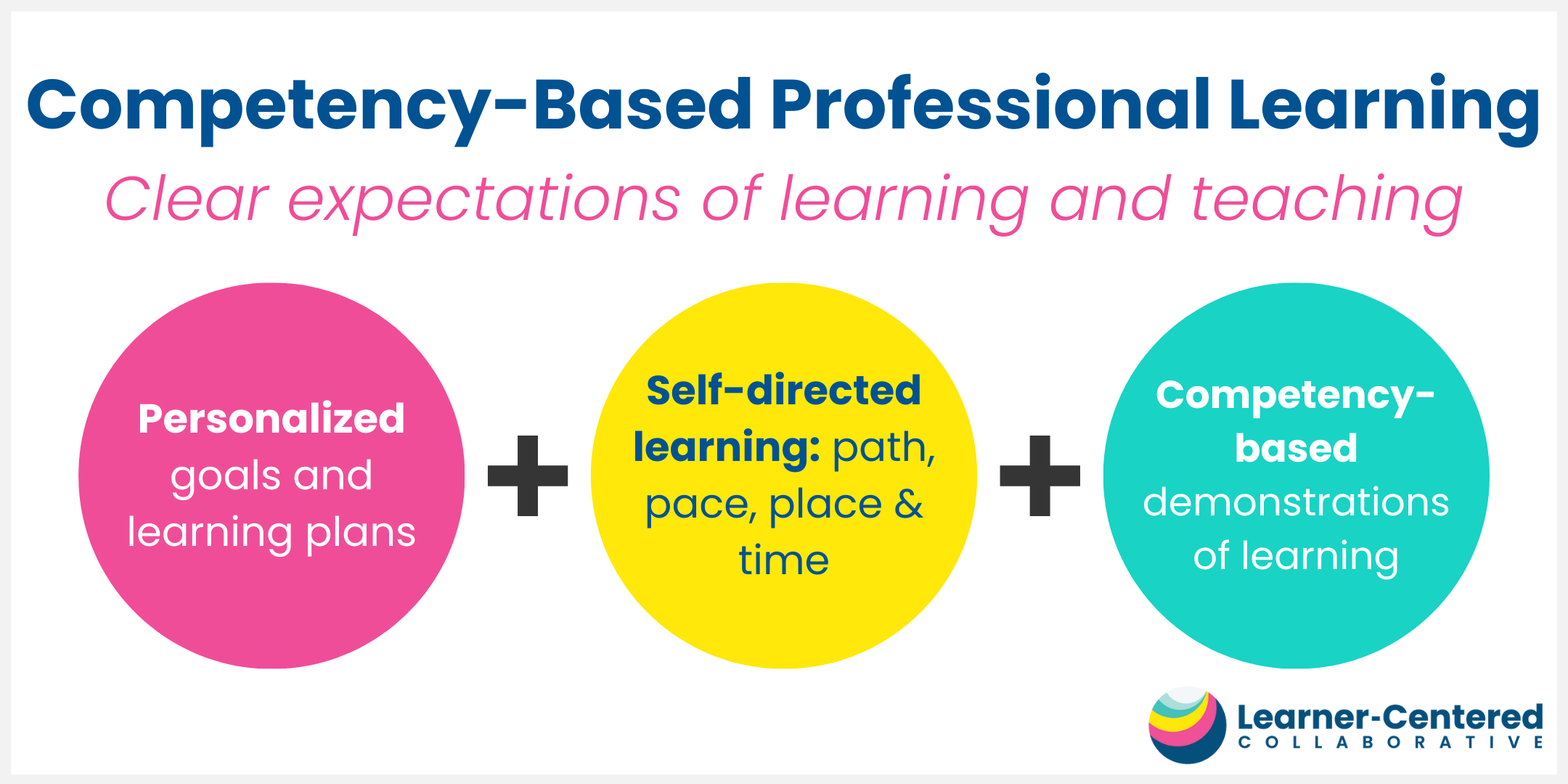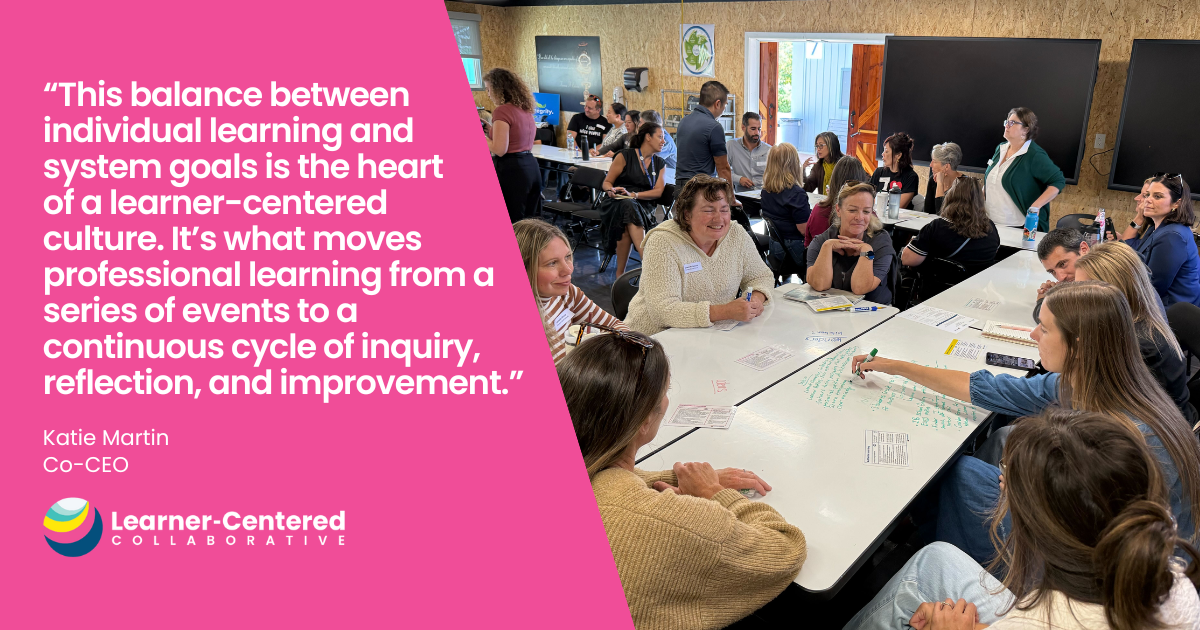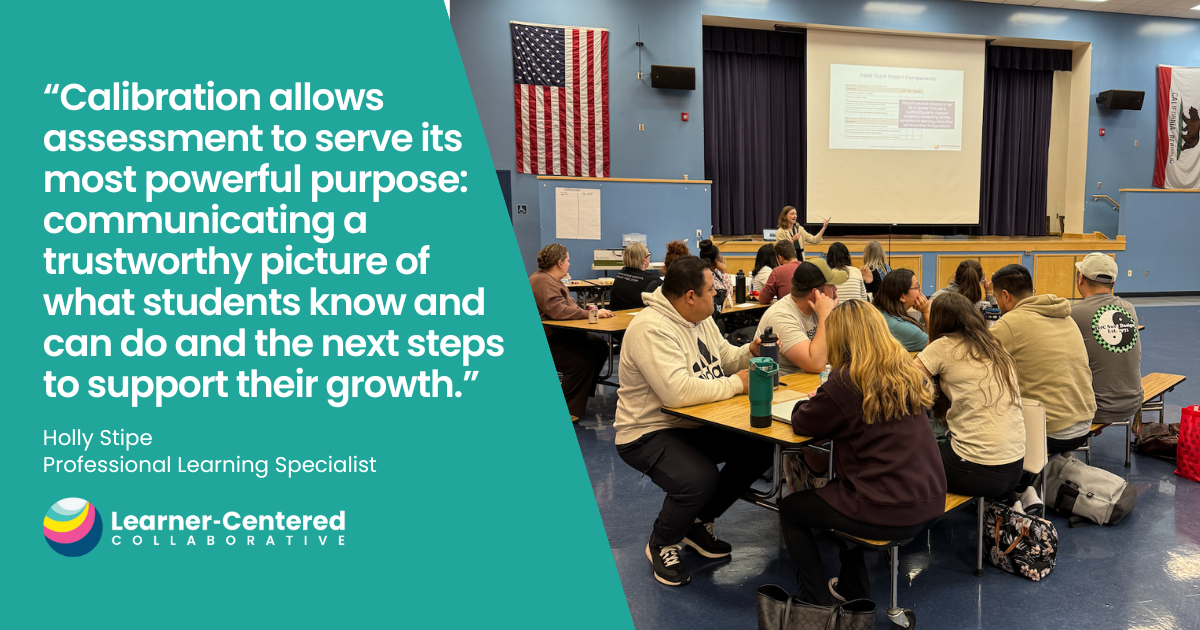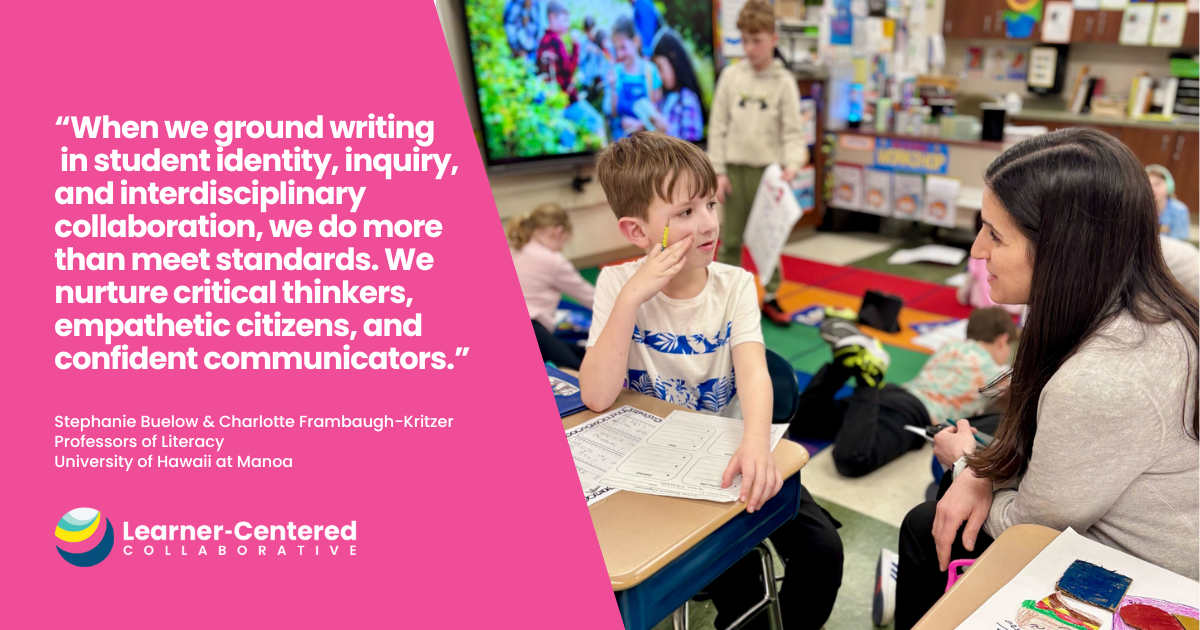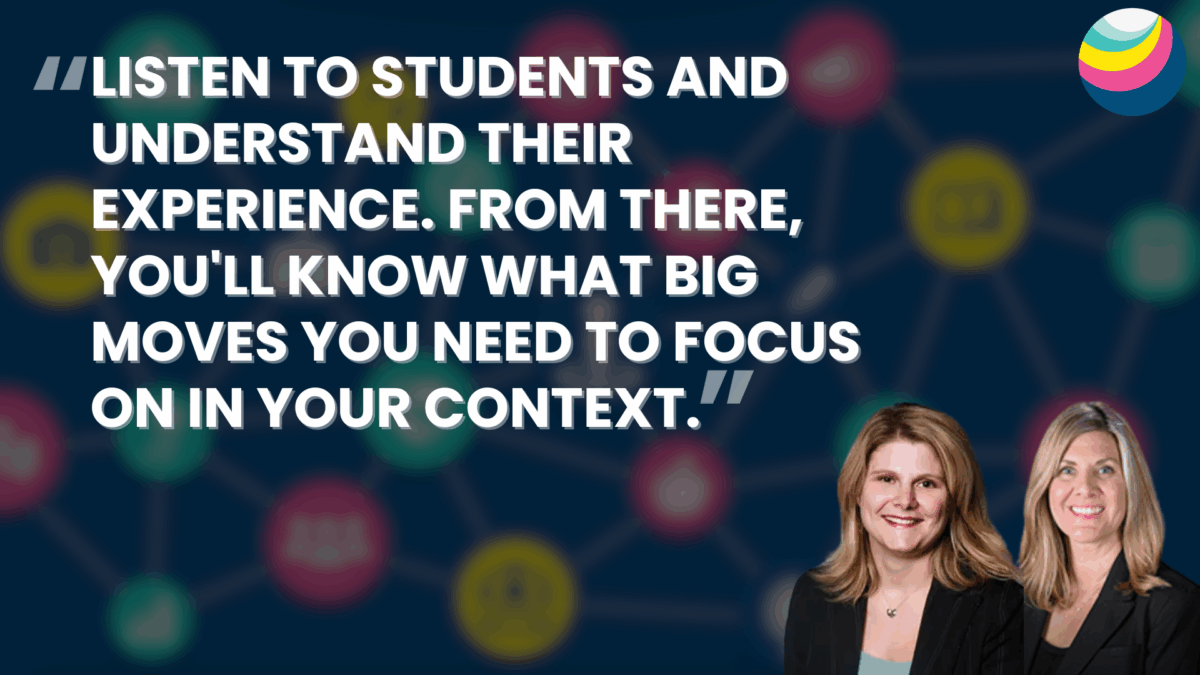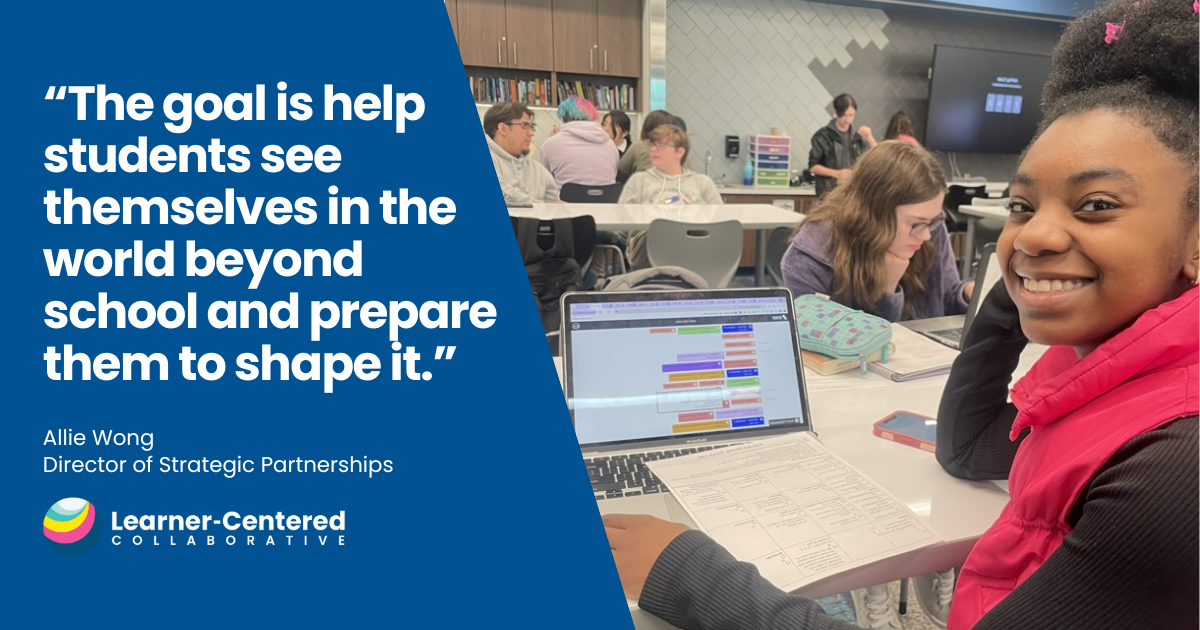Changing how students learn, starts with changing how educators learn
As educators, we are socialized into the profession in various ways. These may include observations of our previous teachers (known as the apprenticeship of observation), our preparation programs, and especially our first on-the-job experiences. In short, our beliefs and expectations are shaped by our experiences including professional learning, which is why I often say:
“If we want to change how students learn, we need to change how educators learn.”
Too often though, I hear from teachers and administrators (and this is further substantiated by research) that professional learning is not meeting the needs of the majority of teachers and largely fails to change classroom practices. Yet, still too many educators are forced into a one-size-fits-all, compliance-based model that does not meet their needs.
Shifting professional learning from compliance to empowerment is a critical lever in meeting the needs of our diverse students. With a learner-centered approach, one that is authentic, personalized, competency-based, and inclusive & equitable we can create meaningful, purposeful professional learning experiences for educators that inform and model the learning experiences we want for young learners.
Key Elements of a Learner-Centered Approach to Professional Learning
At Learner-Centered Collaborative our vision encompasses all learners. In pursuit of this vision for education ecosystems where all learners know who they are, thrive in community, and actively engage in the world as their best selves we recognize that reaching all learners, means reaching all educators, too. To this end we offer resources and customized support that range from free tools, strategies, events & webinars, examples, and podcasts to self-paced courses, to enduring school and district partnerships. With an open invitation for all educators to participate in the ways that are best for them, we want to highlight the learner-centered approach that is modeled and woven into all we offer and do. After all, we create what we experience so let’s make our own learning the experience we want for our students.
The following elements contribute to our learner-centered professional learning approach:
1. A clear learning model
Based on our Learner-Centered Collaborative Learning Model, 12 educators competencies identify what effective educators know and do to create learner-centered experiences and environments. Without a common understanding, many people guess and the vision rarely materializes in the majority of classrooms.
Through partnerships we work with schools and districts to develop their Framework for the Future, which includes developing a Learner Profile, Learning Model, and the success metrics and enabling conditions that will bring it to life among educators and learners throughout a district. Framework for the Future examples from our partnership network are available for others to learn from. We know a framework for the future is only as strong as its implementation and a key to its success is making sure educators are equipped with the knowledge, skills and habits to implement the desired learning experiences, much of which can be learned through our self-paced courses that are aligned to the 12 learner-centered educators competencies.
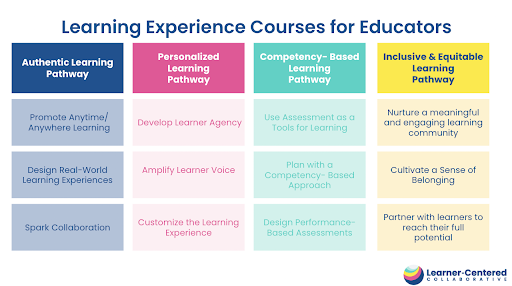 2. Personalized goals and learning plans
2. Personalized goals and learning plans
Learning is not a one-size-fits-all offering given every individual’s unique interests, skills, needs, and goals. Fortunately, the other end of the one-size-fits all spectrum isn’t a fully prescribed, unique lesson plan for each learner. It is a co-created, goal-oriented, learner-driven experience grounded in a shared learning model. What might this look like? In our self-paced courses, for example, it starts with a self-assessment that empowers educators to define their goals based on their strengths and opportunities with respect to the desired competencies. From there they can craft a personalized learning plan through the courses that align with their goals. Similarly, in our partnerships whether it is coaching, educator pathways, or leadership development work, it starts with each individual’s goals aligned to a shared framework unique to their community. Experiencing this personalized learning approach offers a model to use with students and yields new learning specific to educator goals and practices that has application in their current practice with learners.
Don’t just take our word on it when it comes to the power of learner-driven change. Read about an example in practice in How Learner Agency Impacts a Learning Ecosystem.
3. Self-directed learning
Educators, just like their students, have diverse expertise and preferences about how and what they learn—as they should. To clarify, self-directed does not mean a free-for-all. When we have a clear learning model and individuals have personalized goals aligned to the shared learning model, layering on a learner-driven plan offers voice and choice and leads to authentic, applicable, relevant learning poised to have a more immediate impact on learners.
Our online, self-paced courses are aligned to our framework and provide clear learning goals while allowing for choice and voice to empower teachers to develop and apply new knowledge in a way that suits their needs and builds on their strengths.
Get a taste of learner-centered professional learning in our online, self-paced courses starting at $50.
4. Competency-based demonstrations of learning
We believe strongly in moving from assessing professional development by the number of hours teachers have attended to prioritizing the application and impact of the desired learning in practice. With this approach, professional learning shifts from something we do to educators to an improvement process that impacts learning for all.
Curious to learn more about what educators want in professional learning and where to find it? Check out Revealing Our Secrets: Professional Learning that Makes an Impact.
The Exponential Impact of Learner-Centered Professional Learning for Educators
As most of us in education can attest, enduring change most often starts small and happens over time. Shifting to a learner-centered paradigm is no exception and a great place to start is getting clear about desired outcomes and ensuring leadership and educator teams have the resources and opportunities to bring them to life in their context. By leveraging a learner-centered approach to learning about learner-centered practices you are at once bringing the model and the practice to the forefront in a school or district and empowering educators with the examples, skills, practice, and application needed to effectively and swiftly bring it to life with all their learners.
Ready to jumpstart learner-centered professional learning in your school or district? Check out our courses (also available for groups) or schedule a 30-minute consultation to discuss learner-centered in your context.
